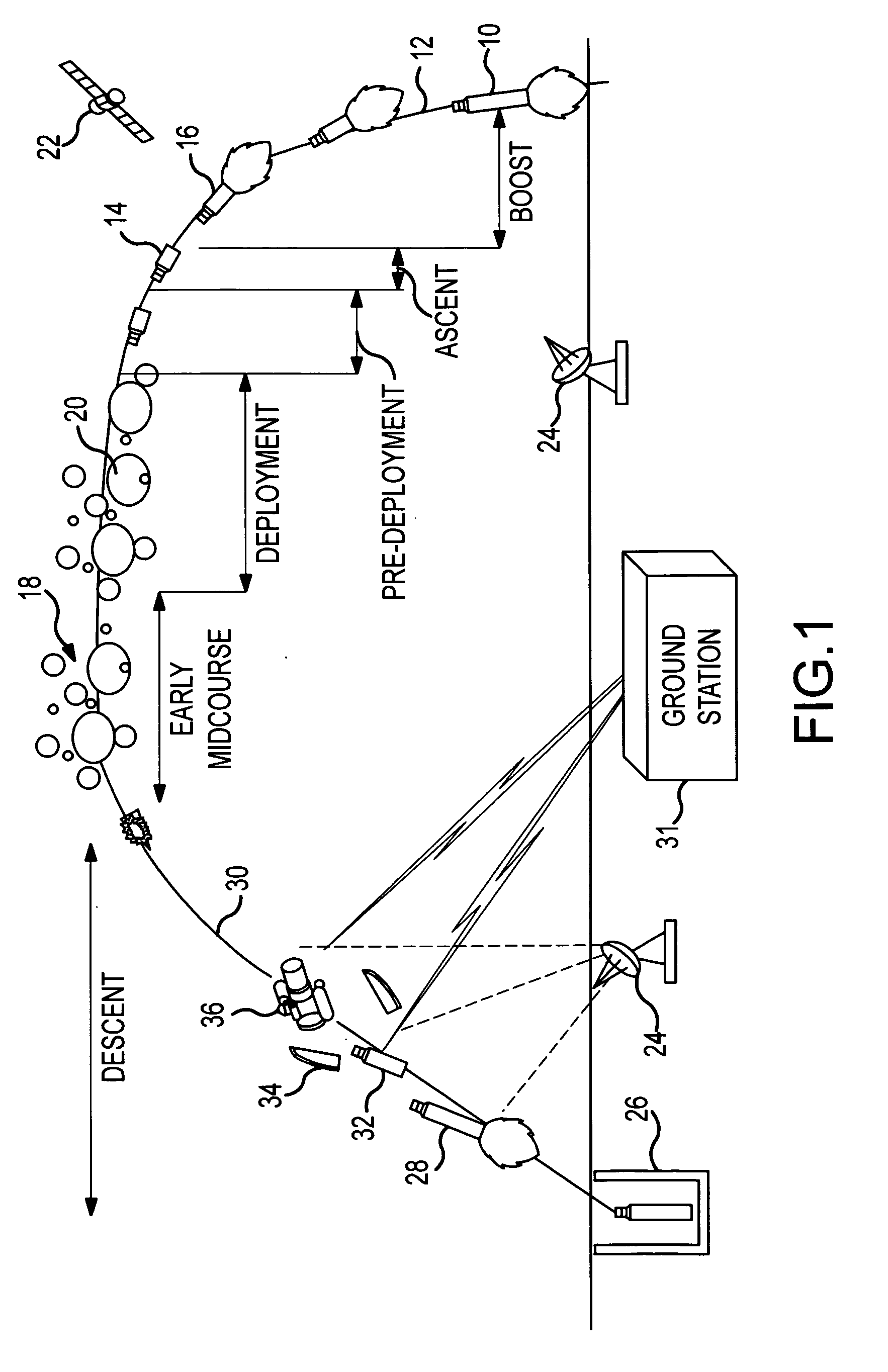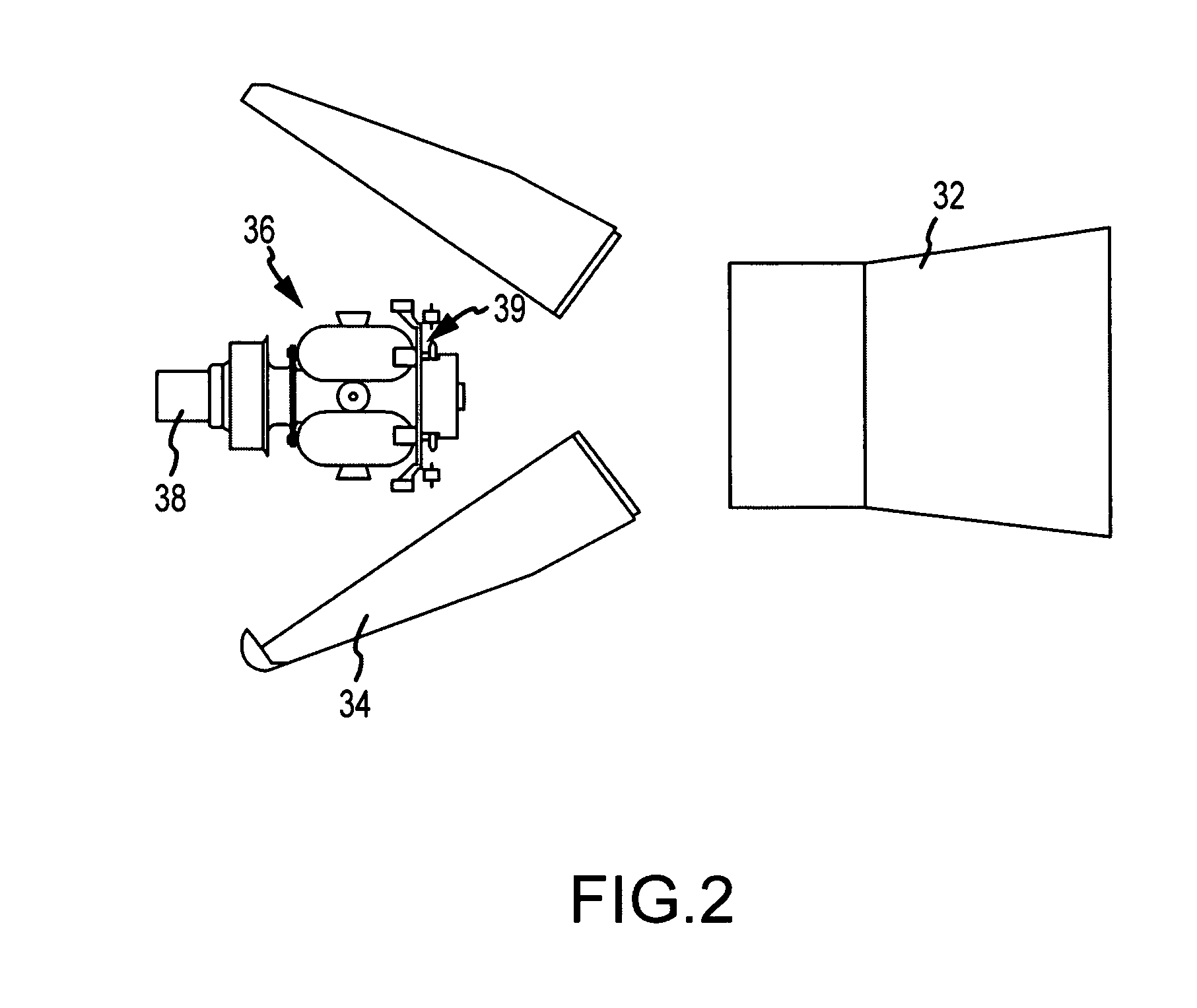Active vortex control system (AVOCS) method for isolation of sensitive components from external environments
a control system and active vortex technology, applied in the direction of air-flow influencers, instruments, machines/engines, etc., can solve the problems of affecting the performance of components, and affecting the cost effectiveness of physical isolation of components from external environments, so as to reduce the flow rate, eliminate random oscillations of stagnant gas, and stabilize the flow
- Summary
- Abstract
- Description
- Claims
- Application Information
AI Technical Summary
Benefits of technology
Problems solved by technology
Method used
Image
Examples
Embodiment Construction
[0023]The present invention provides an apparatus and method for protecting sensitive components from a hostile external environment. This is accomplished with one or more sensitive components placed inside a protective cover on a platform. The cover defines a protective cavity having an opening to an external environment. An active vortex control system (AVOCS) injects gas into the cavity to generate a vortex in front of and possibly around the components that interferes with an external flow field to protect the components from the external environment. AVOCS may require no moving parts, other than possibly opening and closing flow control values, or refrigerant. AVOCS can be used in any situation in which physically isolating the components from the external environment with a window or other structure is not desired or practical due to cost, reliability or performance. AVOCS may be used in situations where physical isolation could be effective. In general, AVOCS eliminates the r...
PUM
 Login to View More
Login to View More Abstract
Description
Claims
Application Information
 Login to View More
Login to View More - R&D
- Intellectual Property
- Life Sciences
- Materials
- Tech Scout
- Unparalleled Data Quality
- Higher Quality Content
- 60% Fewer Hallucinations
Browse by: Latest US Patents, China's latest patents, Technical Efficacy Thesaurus, Application Domain, Technology Topic, Popular Technical Reports.
© 2025 PatSnap. All rights reserved.Legal|Privacy policy|Modern Slavery Act Transparency Statement|Sitemap|About US| Contact US: help@patsnap.com



